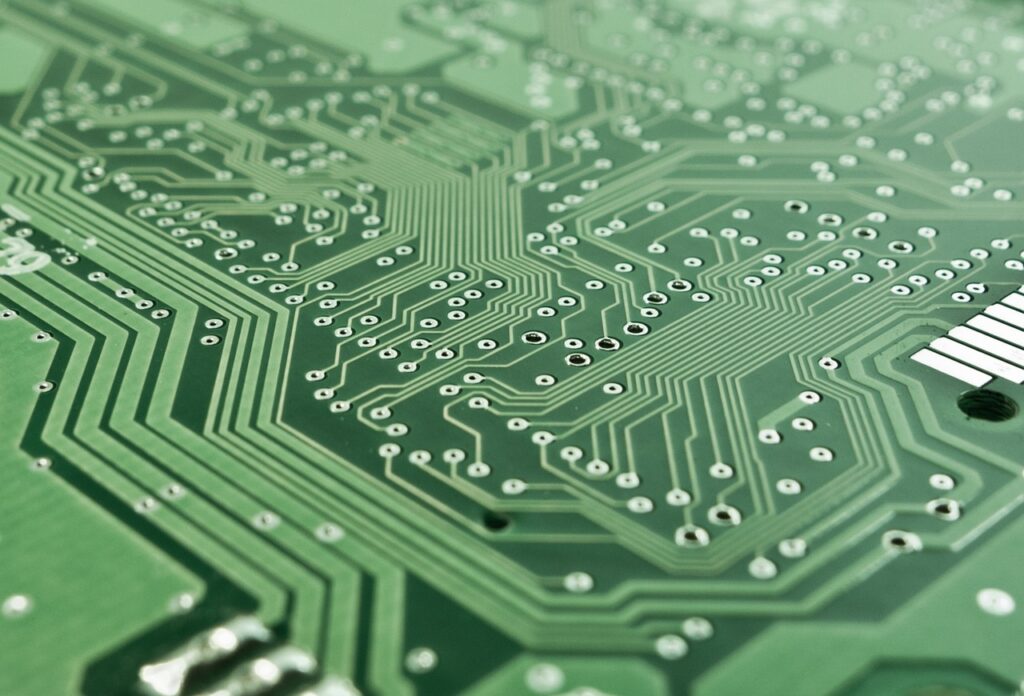Revolutionizing Industries with Computer Vision Software Platforms

In the age of AI-driven transformation, the computer vision software platform has emerged as a game-changer for businesses seeking automation, accuracy, and innovation. These platforms empower machines to interpret and analyze visual data much like the human eye, but with the speed, precision, and scalability of modern computing. From healthcare and manufacturing to retail and security, computer vision is revolutionizing how industries operate and make decisions.
What is a Computer Vision Software Platform?
A computer vision software platform is a comprehensive tool or suite of tools that enables the development, deployment, and management of applications that process and understand visual information. These platforms use artificial intelligence (AI), machine learning (ML), and deep learning algorithms to analyze digital images, videos, and real-time camera feeds.
Key components often include:
- Image classification
- Object detection and tracking
- Facial recognition
- Scene segmentation
- Optical character recognition (OCR)
These features can be integrated into custom applications or used out-of-the-box depending on the platform.
Core Benefits of Using a Computer Vision Platform
- Automated Decision-Making
By analyzing visual data in real time, businesses can make faster, data-driven decisions. For instance, retailers use vision tools to track customer movement and optimize store layouts. - Enhanced Accuracy
Machine vision reduces human error, especially in repetitive tasks like quality control in manufacturing. - Scalability
These platforms can handle massive amounts of data without compromising performance, making them ideal for enterprises and large-scale operations. - Cost-Efficiency
Automating tasks like inspection, surveillance, and inventory tracking significantly reduces operational costs.
Applications Across Different Industries
- Healthcare: Computer vision helps radiologists detect anomalies in medical imaging, such as tumors or fractures.
- Retail: Vision-powered analytics optimize shelf stocking, detect theft, and personalize in-store advertising.
- Automotive: Autonomous vehicles rely heavily on vision platforms to detect objects, signs, and lanes in real time.
- Agriculture: Farmers use drones equipped with vision software to monitor crop health and detect pest infestations.
- Security and Surveillance: Smart cameras powered by AI identify suspicious behavior and recognize faces for enhanced safety.
Choosing the Right Computer Vision Software Platform
When selecting a platform, consider:
- Ease of integration with your existing systems
- Support for real-time processing
- Cloud vs. on-premise deployment
- Pre-trained models vs. custom training capabilities
- Scalability and pricing structure
Popular platforms in the market include AWS Rekognition, Google Cloud Vision AI, Microsoft Azure Computer Vision, and open-source options like OpenCV and TensorFlow.
The Future of Computer Vision
The evolution of computer vision software platforms is closely tied to advancements in AI and edge computing. In the near future, we can expect more lightweight models that work on mobile devices and IoT systems, making visual AI even more accessible. Additionally, ethical and privacy-focused AI will become a priority as vision systems are increasingly embedded in public spaces.
Final Thoughts
Investing in a powerful computer vision software platform is not just a tech upgrade—it’s a strategic move toward future-proofing your business. Whether you’re aiming to automate operations, gain deeper insights, or enhance customer experiences, computer vision is paving the way to smarter solutions.

Why Are Luxury Mansion Rentals in Miami the Ultimate Vacation Choice?

Eco-Friendly and Ethical: Why Lab-Grown Diamonds Are a Perfect Choice

7 Essential Strategies for Effective Retail Mystery Shopping in Australia

Kate Middleton: A Royal Leader with a Vision for Social Change

Love2Love.lv: Your Ultimate Guide to Finding True Connection

The Art of Web Design: Creating User-Friendly and Engaging Experiences

Revolutionizing Industries with Computer Vision Software Platforms









